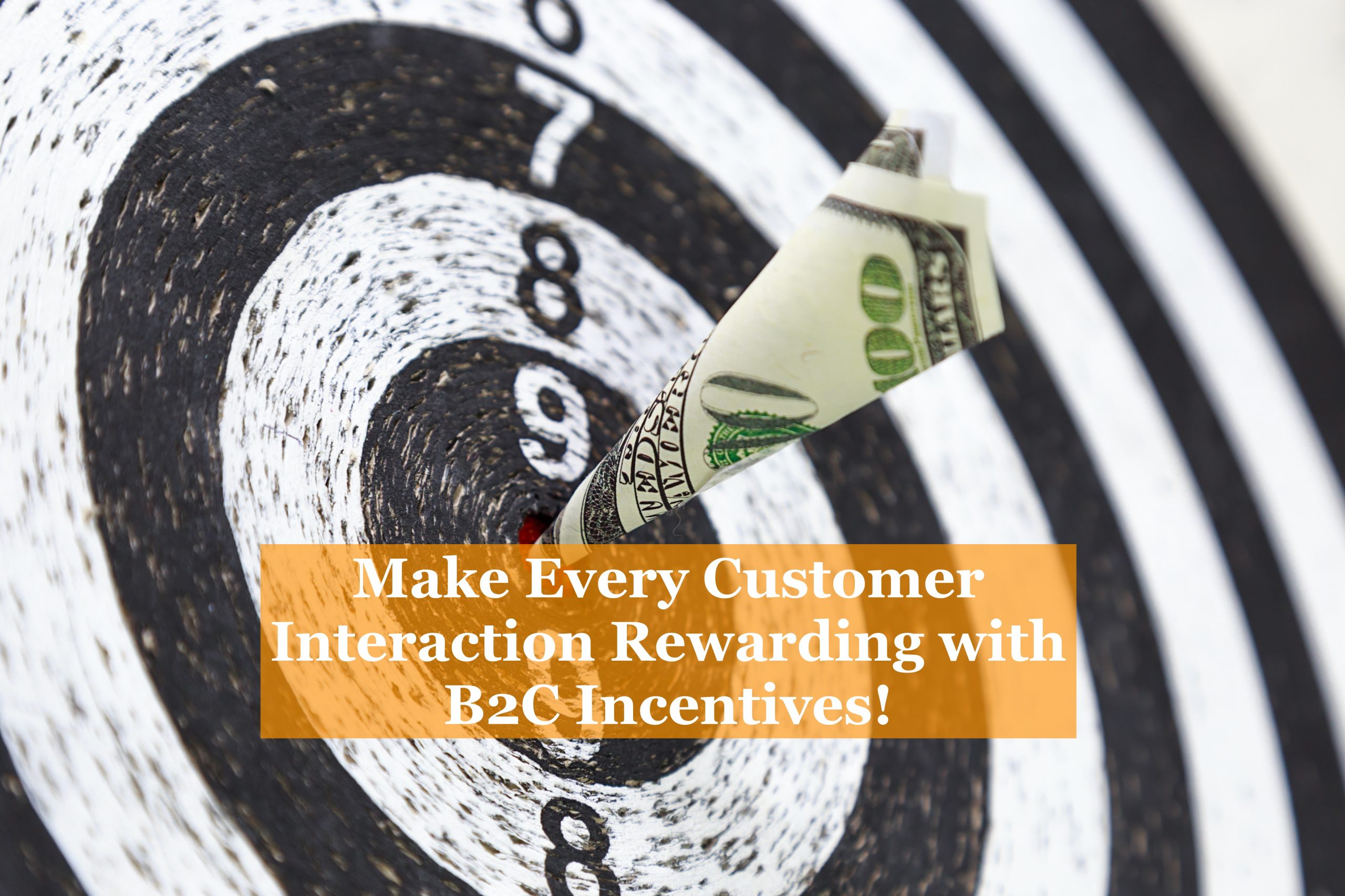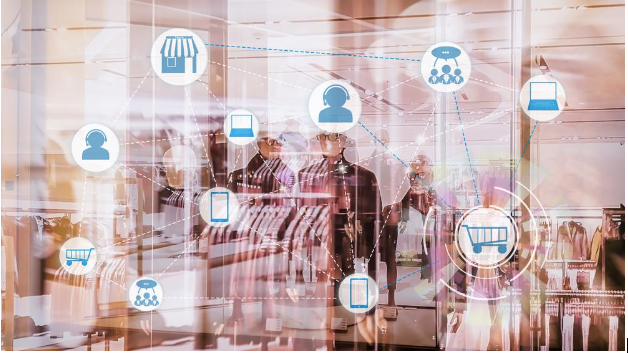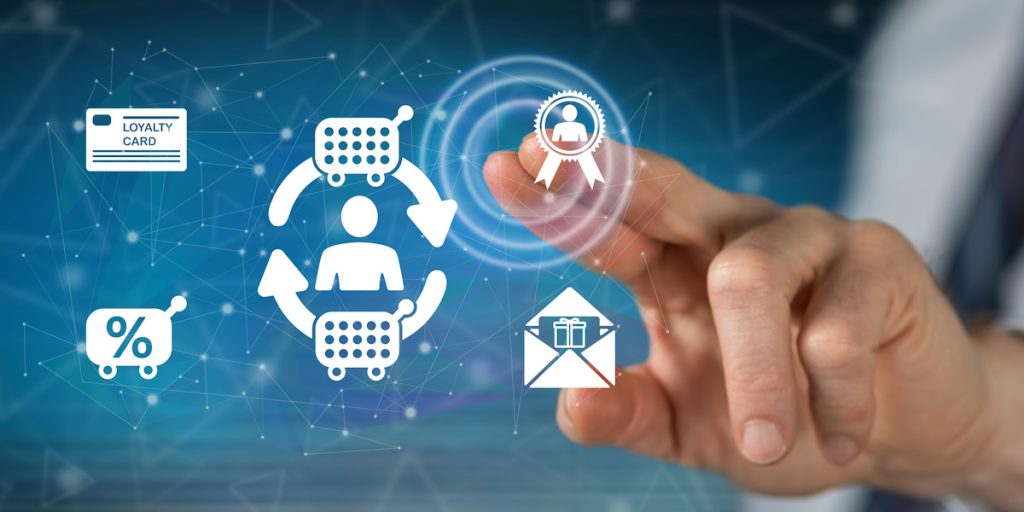Business is tough today; the hard truth is that consumers are fed with ads, offers, and campaigns on all fours. If you’ve remained using the same sales and marketing campaigns year after another, you’ll likely sense that they have to come more effective. The digital market is changing rapidly and a thing that was previously performing for you might no longer do so. What now?
The answer lies in B2C incentives. In this blog, we will dig into why investing in B2C incentives is more strategic and impactful than running repetitive marketing campaigns.
What Are B2C Incentives?
B2C Incentives are rewards, or advantages that the firms offer directly to consumers to encourage particular behaviors. Some of the behaviors may include; making a purchase by a customer, a customer subscribing to an email newsletter, a consumer referring friends, or loyalty towards a brand long-term. B2C incentives can be offered in the forms of:
- Discounts or coupons
- Cashback offers
- Loyalty points that accumulate for rewards
- Exclusive access to events or products
- Free samples or gifts
Why B2C Incentives Work?
The concept behind incentives is straightforward: people are more likely to act when there’s a straightforward, tangible benefit. Rather than hoping consumers will engage with your brand because of repetitive marketing, incentives provide a compelling reason to do so.
Think about the times you’ve been tempted by a cashback deal or a loyalty program that offers a freebie after several purchases. These strategies tap into a psychological response, making interactions feel rewarding and satisfying.
The Problem with Repetitive Sales and Marketing Campaigns
You might wonder, “Why can’t I continue my existing marketing campaigns?” Here’s why sticking to the same old strategies can harm your brand in the long run.
Diminishing Returns
When marketing messages are repeated too often, they become less effective. The first few times you ran a seasonal sale, perhaps it grabbed attention and boosted sales. But after a while, your audience starts to tune out. This phenomenon, known as diminishing returns, means your marketing dollars aren’t stretching as far as they used to.
- Example: If you run an annual Black Friday campaign with the same offer, customers may no longer see it as exciting or unique. They know precisely what to expect, which reduces the incentive to act quickly.
Ad Fatigue
Ad fatigue occurs when your audience repeatedly sees the same promotions and messages, causing them to lose interest. With platforms like social media, where ads are ubiquitous, this fatigue sets in even faster. If your audience is skipping your posts or scrolling past your ads, that’s a sign your campaigns are blending into the noise.
- Impact: Ad fatigue leads to lower engagement rates, higher costs per conversion, and a gradual decline in brand awareness.
Missed Engagement Opportunities
Repetitive campaigns often fail to build deeper relationships with customers. They might drive short-term sales but rarely foster lasting connections. Modern consumers crave personalized experiences and meaningful interactions. If you’re broadcasting the same message repeatedly, you’re missing a chance to engage them in a more relevant way.
Why B2C Incentives Work Better?
Let’s examine why B2C incentives offer a more effective, engaging, and rewarding strategy for you and your customers.
They Drive Immediate Action
One of the greatest advantages of B2C incentives is that they can create a sense of urgency to respond. People are always more likely to act within a given time frame if they are offered something precious for only a short while, be it a discount, a gift, or extra loyalty points. Urgency is a very great motivator.
- Case Study: A clothing retailer introduces a “Buy One, Get One Free” weekend sale. The pressure of the offer being for only a few days causes the customers to shop today instead of waiting for some other day.
Enhanced Customer Experience
Consumers today have high expectations. They don’t just want good products; they want memorable experiences. B2C incentives add an element of surprise and delight to their interactions with your brand. These little extras can make a significant impact, whether it’s a birthday reward or an unexpected freebie.
- Example: Imagine being greeted with a personalized discount when you log into your favorite e-commerce store. It feels good, doesn’t it? That’s the power of enhancing the customer experience through incentives.
Fosters Brand Loyalty
People love being rewarded for their loyalty. B2C incentives like points-based programs or exclusive offers for returning customers create a strong sense of belonging and appreciation. When customers know they’ll get something extra for their continued patronage, they’re more likely to stick with your brand.
- Statistics: Studies show that companies with vital B2C Customer Loyalty programs grow revenues up to 2.5 times faster than their competitors. Repeat customers also tend to spend more per transaction, boosting overall sales.
Personalized and Targeted Engagement
Unlike generic advertising, B2C incentives can be highly personalized. Businesses can tailor rewards to individual preferences and behaviors using data and insights. Personalization makes customers feel valued and understood, increasing the likelihood of engagement.
- Example: A fitness app that offers Personalized Rewards—like discounts on protein shakes after tracking workouts for a month—shows users that the brand understands and supports their goals.
How B2C Incentives Outperform Traditional Marketing Campaigns?
B2C incentives don’t just offer a feel-good factor; they deliver measurable and lasting benefits for businesses. Let’s break down some key advantages.
Cost-Effectiveness
Traditional marketing can be significantly expensive if you’re investing in digital ads, billboards, or sponsored content. The cost adds up, often without a guarantee of significant returns. In contrast, B2C incentives are typically paid out only when a desired action occurs, such as a sale or a referral.
- Example: If you offer a 10% discount on a purchase, the cost of the incentive is tied to an actual transaction, ensuring that your marketing dollars are used effectively.
Easy to Measure and Optimize
One of the best things about B2C incentives is their measurability. Metrics like redemption rates, repeat purchase rates, and program ROI give you clear insights into performance. With this data, you can optimize your incentives to achieve even better results over time.
- Insights: If a particular incentive isn’t driving sales as expected, you can experiment with new offers or tweak the program to meet customer needs better.
Potential for Word-of-Mouth Marketing
People love sharing positive experiences, especially when they’ve received something valuable. A well-executed B2C incentive can create a buzz, encouraging satisfied customers to recommend your brand to friends and family. Word-of-mouth marketing is highly effective and free!
- Example: A restaurant offering a “dine three times, get a free meal” incentive might see customers bringing friends along, knowing they’re working toward a reward.
Examples of Successful B2C Incentive Programs
To understand the power of B2C incentives, let’s explore how top brands leverage them to drive engagement and sales.
Starbucks Rewards Program
Starbucks has built one of the most successful loyalty programs. Customers earn “Stars” for every purchase, which they can redeem for free drinks or food. The app also sends personalized offers, such as double Star days, which drive repeat business.
- Result: Starbucks increases customer visits and boosts average spending per transaction.
Amazon Prime
Amazon Prime members enjoy a wide range of benefits, from free two-day shipping to exclusive access to deals and streaming services. The value offered by Prime keeps members engaged and spending more on the platform.
- Impact: Prime members spend an average of $1,400 annually on Amazon, compared to $600 for non-members.
Sephora’s Beauty Insider Program
Sephora’s loyalty program is an excellent example of personalization. Members earn points for purchases, which they can redeem for products or exclusive experiences. The program also offers personalized product recommendations and birthday gifts.
- Engagement: By tailoring the rewards to customer preferences, Sephora ensures a high level of customer satisfaction and brand loyalty.
Steps to Implement an Effective B2C Incentive Program
Ready to harness the power of B2C incentives? Follow these steps to create a successful program.
Understand Your Target Audience
Not all incentives appeal to everyone. Start by understanding your customer demographics and preferences. Are they motivated by discounts, exclusive experiences, or gifts? Use surveys, customer feedback, and data analysis to make informed decisions.
Design an Attractive Offer
Your incentive should be enticing and easy to understand. Complicated terms and conditions will only frustrate customers. Please ensure the value proposition, whether a simple discount or a multi-tiered loyalty program, is clear.
- Tip: Limited-time offers can add a sense of urgency, encouraging quicker responses.
Leverage Data for Personalization
Data is your secret weapon for creating irresistible incentives. Use CRM tools to segment your audience and send targeted offers. The more relevant your incentives are, the higher the engagement.
- Example: If a customer has shown interest in athletic shoes, send them a special discount on sportswear.
Promote Your Incentive Program Across Channels
Don’t just set up an incentive program and hope people will find it. Actively promote it via email, social media, and your website. A well-publicized incentive will generate more interest and participation.
- Strategy: Use eye-catching visuals and clear calls to action to communicate your offers effectively.
Monitor Performance and Adjust
No incentive program is perfect from the start. Track key metrics to see what’s working and what’s not. Be prepared to experiment and adjust your strategies to optimize results.
- Example: If redemption rates are low, consider simplifying the rewards process or increasing the value of your offers.
FAQs
Why are B2C incentives more effective than traditional marketing?
B2C incentives provide direct value to the customer, which encourages immediate engagement and long-term loyalty. Unlike ads that people may ignore, incentives give a tangible reason to take action.
How can I measure the success of my incentive program?
Track metrics like sales conversion rates, customer retention, and the overall ROI of the program. Analyzing these metrics will help you fine-tune your incentives for better results.
What types of B2C incentives work best?
It depends on your audience. Discounts, loyalty points, gifts, and exclusive access are popular options. The key is to choose incentives that align with your customer’s values and shopping habits.
Can small businesses benefit from B2C incentives?
Absolutely. Small businesses can see significant results from simple incentives like a loyalty program or a refer-a-friend discount. These strategies can help build a loyal customer base over time.
How do I avoid overwhelming customers with too many incentives?
Balance is key. Space out your incentives and focus on quality over quantity. Make sure each offer feels special and is communicated clearly.
Are there any risks to running an incentive program?
One risk is that poorly planned incentives can devalue your brand. Avoid offering discounts too frequently, as it may condition customers only to buy when there’s a sale. Always ensure that your incentives align with your overall business goals.
Curious if B2C Incentives could deliver better engagement and drive more sales?




